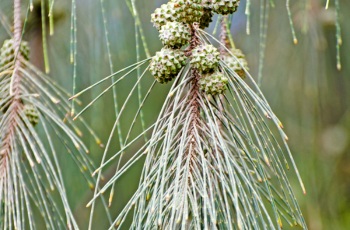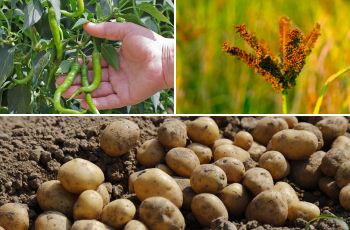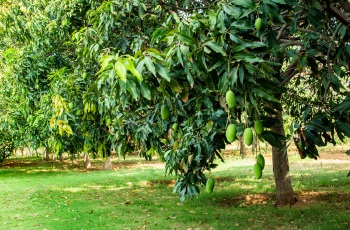Sandalwood Plantation
Sandalwood plantations are intricate ecosystems designed to cultivate the revered Santalum album tree, a source of the highly prized sandalwood. Found in tropical regions, these plantations follow a meticulous process to ensure sustainable growth and yield. The journey begins with careful selection of well-draining, loamy soils conducive to sandalwood’s preferences. Propagation methods, often involving seeds or vegetative techniques, mark the inception, with a keen eye on optimizing germination rates. Regular watering during the initial stages is crucial, fostering the slow growth characteristic of sandalwood. As the trees mature over years, sustainable harvesting practices come into play, emphasizing the importance of timing to extract the aromatic heartwood at its peak oil content. The process reflects not just an economic venture but a delicate balance between environmental stewardship and the cultivation of a botanical treasure with cultural and commercial value.
Sustainability and Environmental Impact

AGROFORESTRY

WATER CONSERVATION

NO HARMFUL CHEMICALS

SOIL CONSERVATION

CARBON OFFSET

BEYOND PROFIT
Host Plants for Sandalwood Intercropping

Casuarina Equisetifolia

Cash Crops
Integrating cash crops with sandalwood plantations brings about multifaceted benefits, enhancing both economic returns and environmental sustainability. The strategic cultivation of complementary cash crops, such as medicinal herbs or organic vegetables, not only optimizes land use but also generates interim income for Chandanavana farms during the extended maturation period of sandalwood trees.

Kesar Mango
The Kesar Mango, celebrated for its luscious fruit, serves as an excellent companion for Sandalwood. As a host plant, Kesar Mango trees provide a protective canopy, mitigating excessive sunlight and promoting a balanced microclimate conducive to Sandalwood’s delicate growth. The nutrient exchange between the two plants enhances overall soil health, creating an ideal foundation for the flourishing Sandalwood plantation.
Our Growth and Maintenance Procedures

NURTURING

PRUNING

IRRIGATION

WEED CONTROL

PEST AND DISEASE MANAGEMENT

HARVESTING TREES
Our Future Association





FAQ
Enquiry - Register for land
"*" indicates required fields